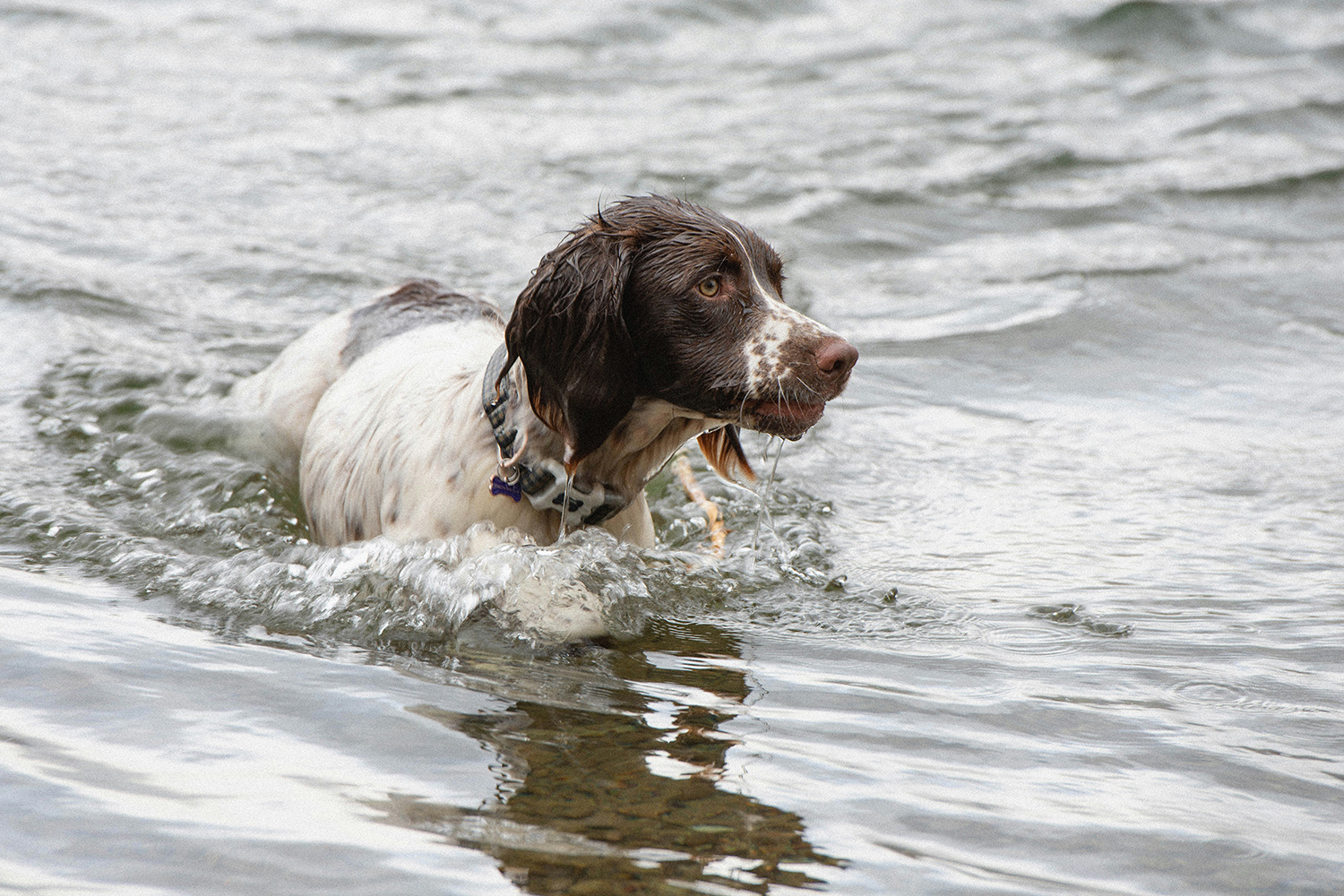Flea treatments and their impact on water quality
Research has shown that spot-on flea treatments which contain insecticides are posing significant risks to aquatic wildlife in waterways such as the Broads.

Many popular dog (and cat) flea and tick treatments contain fipronil, imidacloprid or similar chemicals. Fipronil and imidacloprid are powerful insecticides that are banned from agricultural use due to their harmful environmental effects but is still commonly used in pet products.
Other insecticides used as flea treatment may also be similarly harmful, but, as they have not been used as pesticides, they are not monitored in water and have had little research undertaken into their freshwater impacts.
The issue arises as the flea treatment doesn’t just stay on pets. When dogs swim, get wet, or are washed (or we stroke them and wash our hands) this chemical can easily enter the waterways or drainage systems, causing impacts to aquatic ecosystems.
Why this matters for the Broads

Healthy wetlands such as the Broads rely on insects. Species like dragonflies, damselflies, and freshwater beetles spend much of their life underwater and are essential to the food chain. They are prey for fish, birds, and other wildlife - and help keep our rivers clean by filtering water.
However, these aquatic insects are extremely sensitive to pollution. Fipronil and similar chemicals persist on a pet’s coat for weeks and can remain active for up to 90 days, even though they kill fleas within just 24–36 hours. As we stroke our treated pets we can also contaminate our hands with these chemicals and the health risks associated with long-term exposure are unknown.
Once in the water, these insecticides can wipe out aquatic invertebrates and disrupt the delicate balance of our wetland ecosystems. The degradation rates of these chemicals in the environment are uncertain but may be months or longer.
UK studies and testing have shown that fipronil and similar chemicals are being found in rivers across the UK at concentrations known to harm wildlife.
Sources of contamination
After applying a spot-on flea treatment containing fipronil, there are a number of ways that it can enter the water system, for example:
- By allowing a treated dog to swim in the rivers or broads.
- Washing a treated dog, either at home or at professional groomers, where the wastewater ends up at a sewage treatment plant (which are unable to remove insecticides before they discharge water into the environment).
- Washing pet bedding in household laundry.
- Washing your hands after petting treated animals.
What can pet owners do?
- Consider non-toxic flea and tick treatments, such as those containing dimethicone, which work by physically immobilising parasites rather than poisoning them.
- Choose oral chewable tablets that offer protection against fleas and ticks but don’t contain insecticides.
- Do not allow your dog to enter lakes, ponds, rivers or ditches if you have treated them with a spot-on flea treatment in recent months.
- Use flea and tick treatments only when necessary - not all pets require year-round use.
Our wetlands need your help
Insect loss affects the whole food chain. A water beetle could be eaten by a fish such as a roach, which in turn is then eaten by a kingfisher. If populations of creatures at the bottom of the food chain are harmed, it can have significant impacts on animals further up the chain.
By making more informed choices, we can protect these intricate ecosystems and the incredible species that depend on them.
Read more:
- Potential role of veterinary flea products in widespread pesticide contamination of English rivers - ScienceDirect
- Down-the-drain pathways for fipronil and imidacloprid applied as spot-on parasiticides to dogs: Estimating aquatic pollution
- Pet flea treatments poisoning rivers across England, scientists find | The Guardian
- Pet owners washing their hands after applying flea treatment to pets is polluting UK rivers | University of Sussex
- New research reveals widespread contamination of English rivers - Buglife

